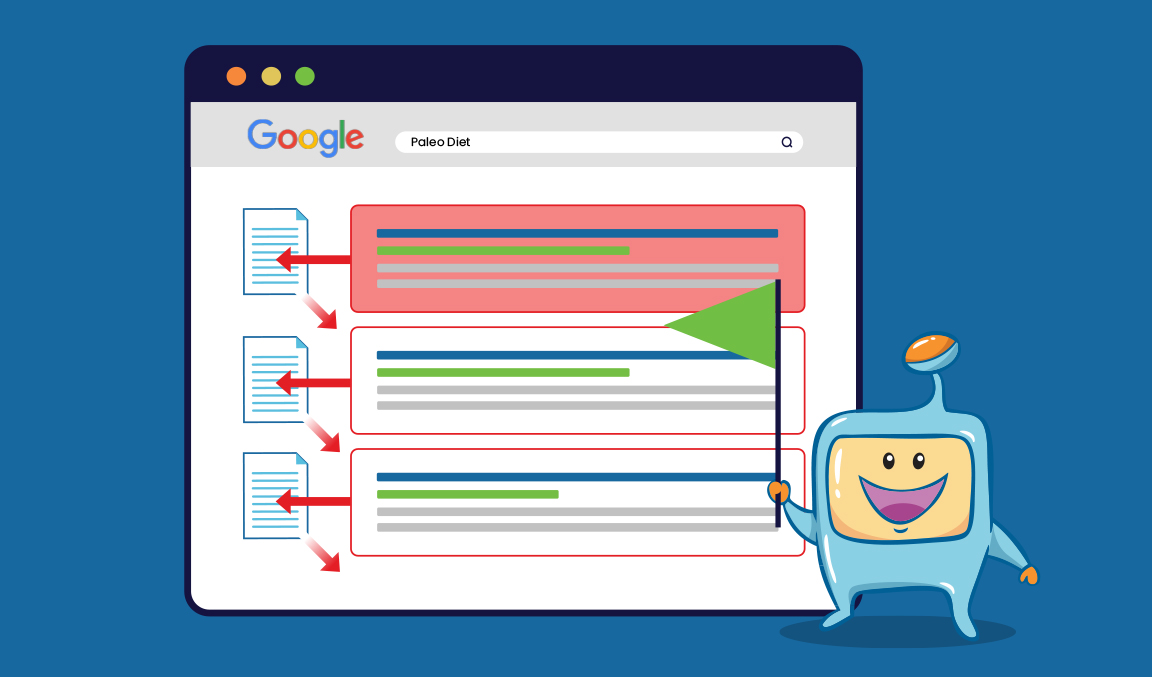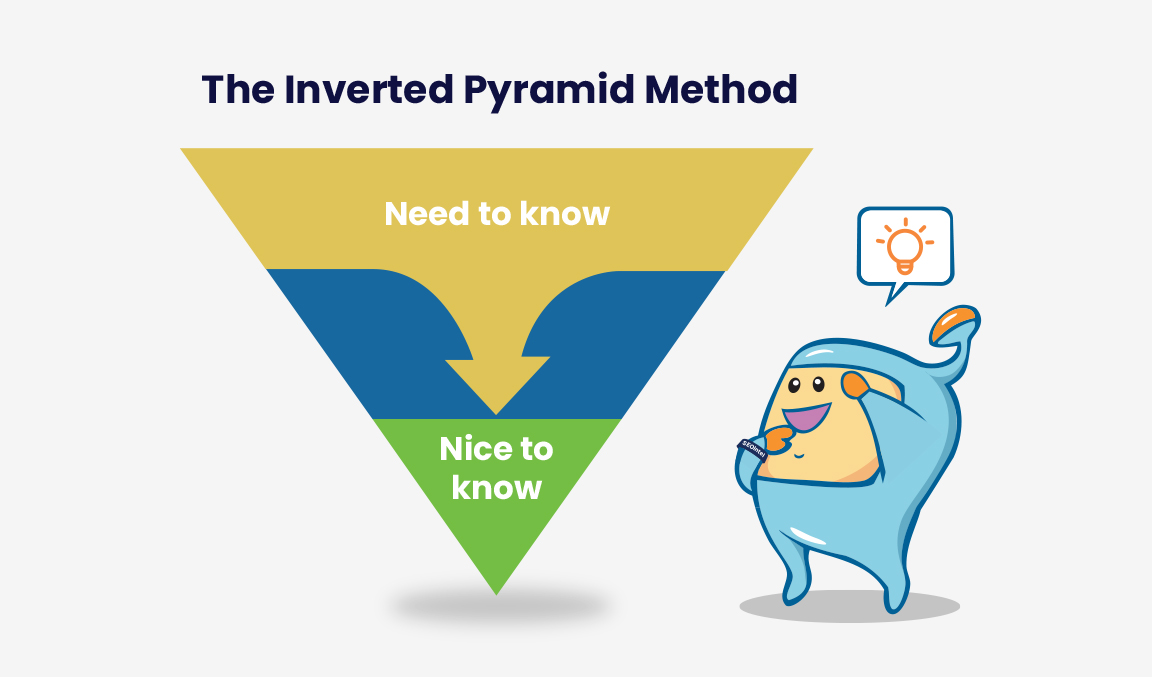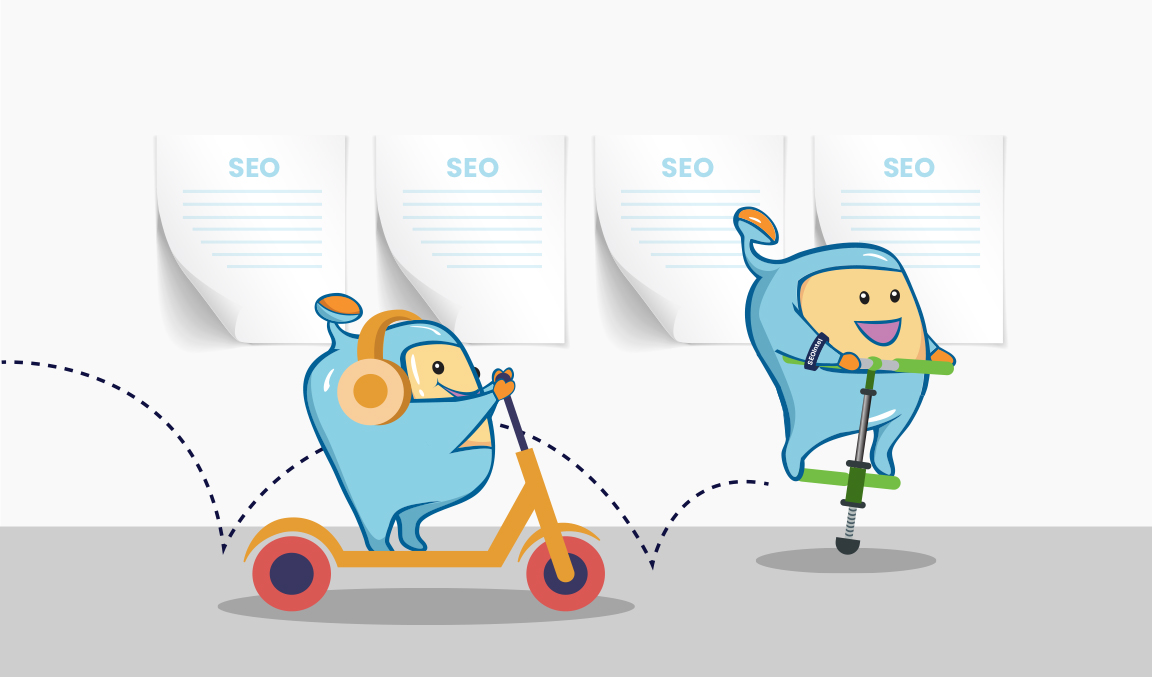Pogo sticking is a term frequently used in the realm of SEO and online marketing, but it's not as playful as it may sound.
In fact, it refers to a frustrating user behavior that can negatively impact a website's search engine ranking.
In this article, we will explore the concept of pogo sticking, understand its causes, and discuss its significance for website owners and SEO professionals.
Additionally, we will provide best practices to help prevent pogo sticking and improve user engagement on your website.
Here is what you will read in this article:
Google coined the term "pogo-sticking" in SEO.
Pogo sticking occurs when a user clicks on a search result, visits the corresponding webpage, but quickly returns to the search results page to click on another result.
They then proceed to the next result or a different website.
This bouncing back and forth between the search results and webpages indicates that the user didn't find what they were looking for on the initial website.
In SEO, this is the absolute worst-case scenario.
It's worse than having a high bounce rate, a low time spent on page a, or any of the other metrics you've been told to be concerned about.
Why? Because it implies that your content does not respond to the search query that someone had when they found your result.
If you have too many pogo-sticking incidents, Google and other search engines will quickly downgrade your site to a lower result.
To make it simple, pogo-sticking is a search engine optimization term that describes a situation in which a searcher quickly navigates back and forth between pages in search results.
Is Google, however, penalizing pogo-sticking? And should you be concerned? This article will teach you that and more.
You don't need an advanced page layout strategy or compelling calls to action to prevent pogo-sticking on your website.
While these elements may be beneficial, you should be aware that the only way to effectively stop pogo-sticking is to provide a meaningful answer that solves someone's problem or answers their question.
Consider how people arrive at your website:
What types of search queries are you ranking for?
What are people thinking when they type these queries into search engines?
If your website provides the best answer to a specific question or solves a problem better than anyone else's, you will most likely have the lowest pogo-sticking rate.
Your page must offer unique types of value that other pages do not.
However, it must also provide the appropriate level of value.
If someone searches for a "hotel in california" and your page is all about the hotel industry, you'll get a lot of people who come to your website and then leave.
Even if your article is about the search intent, it may fail to engage readers and convince them of your credibility.
Expect even more pogo-sticking in situations like these.
The most important thing you can do when developing your site's content is to focus on providing great value to your site visitors.

Pogo-sticking can be caused by a variety of factors.
Please keep in mind that not all of them are the result of poor content or poor UX (user experience).
A searcher enters a site that over promises and under delivers in this scenario.
To put it another way, the searcher comes across clickbait content.
Here some of it that we usually see such web content and regretted clicking on:
When we do, we feel duped and "pogo" back to the SERP.
In a few words, even though the information may be present, the searcher is unable to locate it.
The issue is that the information is buried beneath mountains of text, obscured by jargon, or unavailable to some users.
A similar thing occurs when content is restricted to registered users or is hidden behind an "email wall." The website may be good and provide the information the searcher requires.
However, because it is not immediately available, the searcher returns to the SERP.
In this case, the searcher is immediately frustrated (or suspicious) by the site's appearance and functionality, so they return to the safety of the SERP.
Just like pop-ups, not only does the website load slowly, but there is also an annoying interstitial pop-up.
Note that poor user experience can be caused by a variety of factors, including:
Pogo-sticking can also occur when a searcher is simply browsing and does not intend to stay on one page for an extended period.
They could be looking for ideas, comparing prices, or trying to remember a website they saw the other day.
Consider the following scenario to further demonstrate the complexities of scenarios that can result in pogo-sticking.
Assume you were told that you could use WD40 to keep car door seals from freezing in the winter.
Logically, you should confirm that information.
So you look it up.
Reading the descriptions under the blue links reveals that the searcher receives a variety of results.
This may "trigger" pogo-sticking for a variety of reasons.
And, in some cases, it may be Google's fault.

Pogo sticking has a quite strong indication that users are dissatisfied with the results.
The most important thing to understand about pogo-sticking is that it is one of the most important ranking factors.
Most search engines are concerned with two factors, relevancy and trustworthiness.
Backlinks and reviews convey trustworthiness, whereas relevance is assumed based on several factors.
Pogo-sticking is one of these factors.
How can a site's content be relevant if users visit it and then go elsewhere for answers?
In some cases, marketing and search engine optimization professionals consider pogo-sticking to be the most important of all ranking factors.
It's difficult to say that this is the definitive answer because only high-ranking results receive SERP clicks in the first place.
Pogo-sticking has no chance of becoming relevant unless it receives backlinks, reviews, and relevant content.
However, once your result climbs high enough in the SERPs, you can expect pogo-sticking to take over as the primary ranking factor.
Why?
Because almost every single result on page one for a search query with any volume has relevant backlinks and content.
Pogo-sticking must be considered to determine which is most relevant.

The following are the best practices that you can do to avoid pogo-sticking.
So make sure to take note of them:

It's not necessarily that every website is required to enter design contests.
Keep things simple and distracting if you want to provide the best experience for the reader.
Everything that isn't the content that the searcher is looking for should be helpful to the reading experience.
This means that it should stay out of the way.
Fixing the UI is a direct way to improve the UX of your website (user interface).
Like removing pop-ups, these include sign-up forms, exit forms, and so on.
Do the same for any banners that cause the layout to change.
Then make sure the layout of your website is clear, consistent, and usable, this is especially important for navigation.
It's wonderful to have a well-designed website.
It is more important, however, not to overburden the user's cognitive capacity with elements that serve no practical purpose.
Of course, you have to optimize your website for mobile devices.
Mobile device traffic accounts for slightly more than half of all website traffic.
Furthermore, Google indexes and ranks content based on mobile versions of websites (mobile-first indexing) too, so thou shall not forget.

Fast loading site means happy visitors.
Who wants to wait for a website to load?
Remember, some visitors will simply leave your site if it takes too long to load or is slow in general.
If there are competitors who provide faster content, some people will most likely avoid slow pages.
And in this race, every second counts, so better watch out!
Another thing is also Google's ranking factors so if you want your content to rank high in SERPs, you must make it available to users as soon as possible.

Just like in journalism, when writing news, the inverted pyramid is the best method that you can use.
It prioritizes the "most important details" over the "supplemental information," which will help your readers find information more quickly.
The more that your visitor gets the answer, it will enhance their user experience as well as it will improve your dwell time insight.

Take note that visual impact plays a big role in keeping and attracting visitors to your website.
It will also help them to understand your content better than everyone else.
Here is how to do it:
It’s not hard, but make it a habit.
Some search queries are intended to solve a single problem quickly.
Others are the start of a complex topic's learning journey.
And, in most cases, such a topic cannot be covered in a single piece of content.
You can create a whole series of content and interlink it to guide the user in the right direction for these types of queries.
For example, this SEO for Startups guide is over 4,500 words long.
Even though this is a fairly lengthy content format, we cannot possibly cover everything there is to know about the subject.
However, we can provide links to articles that explain specific SEO issues in-depth, such as keyword research or technical SEO.
E-A-T is an acronym that stands for expertise, authority, and trustworthiness.
It comes from Google's Search Quality Rater Guidelines, which are used by human quality raters to evaluate the quality of Google's search results.
E-A-T is a term from the world of SEO.
When it comes to content, however, demonstrating expertise, authority, and trustworthiness is always a good idea.
It tells the user that your content is worth reading or watching.
It's even more critical if your content is focused on YMYL (Your Money or Your Life) topics like money, health, and safety.
But what exactly does it mean to demonstrate E-A-T?
This refers to a high level of knowledge or skill in a specific field.
To put it another way, it refers to content created by a subject matter expert.
If you want to demonstrate this, have content created by experts.
You can hire them or accept guest posts from experts in their fields.
This is about reputation, particularly among other industry experts and influencers.
There is no other option but to demonstrate your credentials.
Consider your professional experience, academic credentials, attendance at well-known conferences, and so on.
Meaning the legitimacy, transparency, and accuracy of the website and its content.
Simply put, you should double-check your facts and keep your content current.
Some queries require more freshness than others.
After all, who wants the best headphones from 2011 when they can have the best from this year?
If your readers expect fresh content, updating your content once a year (or more frequently) is a good idea.
This is a strategy that can be repeated year after year.
Should you worry about this?
Not necessarily, according to SEO.
Because there are numerous reasons why searchers may jump between sites, Google almost certainly does not consider pogo-sticking to be a ranking factor.
So don't be concerned about it specifically.
From a business standpoint, it may be worth investigating.
Whether you use ranking factors or not, you probably want your readers to stay for more than a few seconds and interact with what you have to offer.